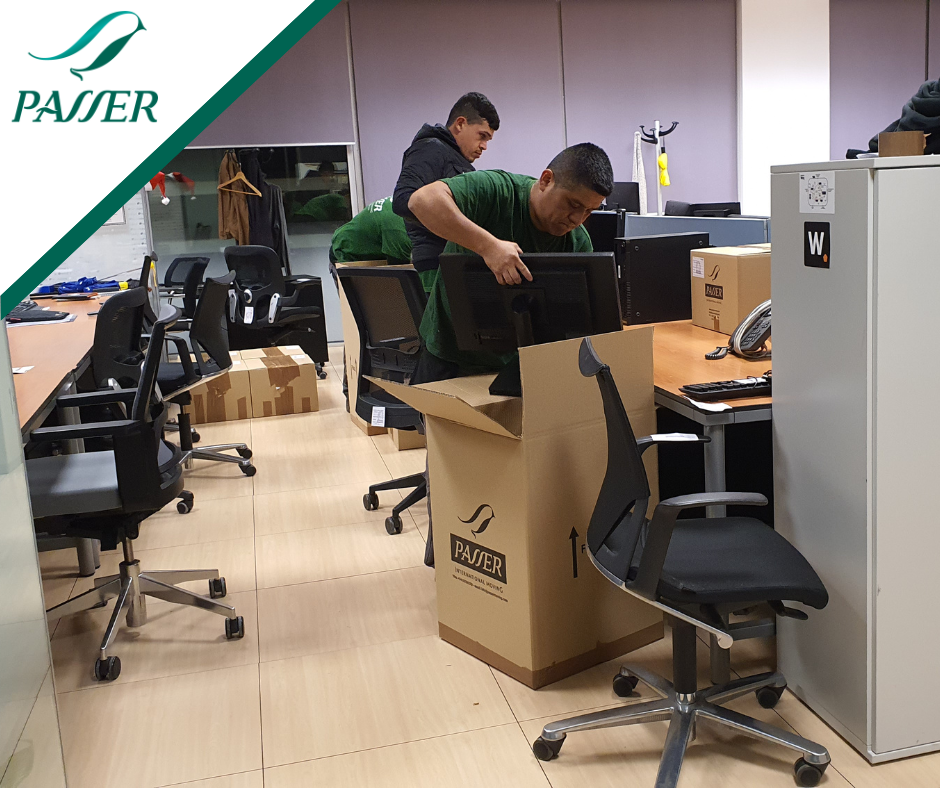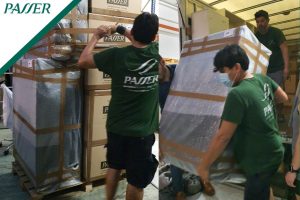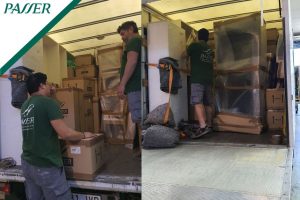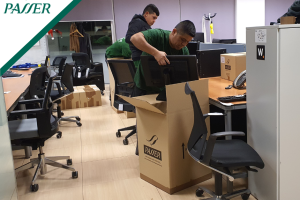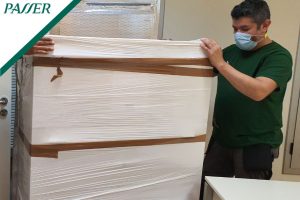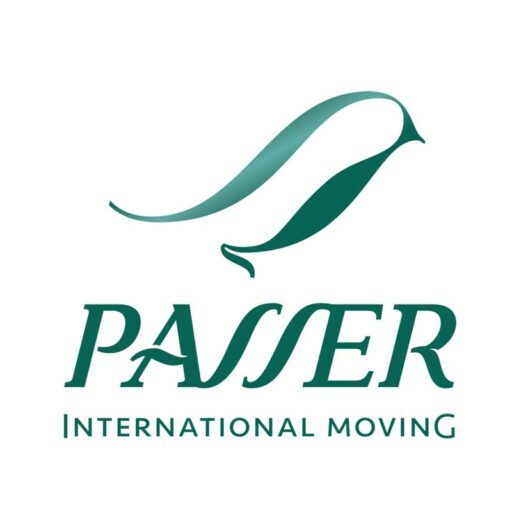What happens if you don't pack your appliances properly?
Packing appliances correctly It's one of the most important steps for a successful move. Imagine this: you've arrived at your new home, excited to begin a new chapter, but when you open the refrigerator box... it's scratched. The microwave won't turn on. What went wrong? In most cases, the damage occurs because the appliances weren't packed properly. Sometimes it's not noticed until it's too late. That's why, in this article, we're going to show you how to avoid these problems from the start.
And if you prefer to leave everything in the hands of professionals, remember that at Passer we offer a specialized service for packing and transporting household appliances safely.
And also, if you prefer to leave everything in the hands of professionals, remember that in Passer We offer a specialized service for the safe packaging and transportation of household appliances.
Why is it important to know how to properly pack household appliances?
Appliances are not only expensive but also delicate. Many have internal components that can become loose or break with sudden movements. Packing them well isn't just a matter of organization, but also of protection.
In addition, proper preparation makes transportation easier, reduces the risk of accidents, and prolongs the life of your devices.
Basic materials you need
Before you begin, make sure you have these materials on hand:
- Sturdy boxes (preferably the right size for each appliance)
- Bubble wrap
- Thick blankets or old throws
- Good quality adhesive tape
- Tags to mark content
- Straps or ropes to secure large loads
Having all of this ready will prevent interruptions and make the process much more agile.
How to pack small appliances
Small appliances like blenders, toasters, coffee makers, and mixers require special care, even if it doesn't seem like it. Here are the steps:
- Clean them well: removes food residue, water or grease.
- Disconnect them and roll up the cable: use a rubber band or ribbon to hold it.
- Protect them with bubble wrap: wrap them well, even if they are in a box.
- Use boxes with separation: If you can, store each appliance separately to prevent them from hitting each other.
- Fill empty spaces with crumpled paper or soft blankets.
How to pack large appliances
This is where the trickiest part comes in. Refrigerators, washing machines, ovens, and dishwashers need more careful handling.
Refrigerators and freezers
- Defrost 24 hours before. Remove all contents and leave the door open to dry.
- Clean the inside well.
- Fix the moving parts, such as shelves or drawers, with tape or wrap them separately.
- Wrap in thick blankets or large bubble wrap.
- Always transport in an upright position.
Washing machines and dryers
- Turn off the water and drain it completely.
- Secures the internal drum with special straps or according to the manufacturer's instructions.
- Cover with bubble wrap and then with a blanket.
- Label the box or device well so that it is not handled roughly.
Ovens and microwaves
- Remove the inner trays and pack them separately.
- Close the door tightly with adhesive tape, without touching the oven surface if it is made of stainless steel.
- Completely envelops the device before putting it in the box or transporting it.
Extra tips to avoid damage
- Label each box with the word “Fragile” or “Appliance”.
- Do not stack heavy things on top.
- If you use a moving company, make sure they have experience packing these types of items.
- Check the manufacturer's instructions. Some models have specific instructions for safe transport.
And if you want to forget about this whole process, remember that Passer takes care of packing and transporting your appliances with professional care.
What not to do when packing your appliances
- Do not leave loose cables, they can cause damage or dangerous tangles.
- Do not use thin plastic bags as primary protection.
- Do not put wet appliances in boxes.
- Don't skip cleaning: moisture and grease can cause mold or unpleasant odors.
And after packaging?
Once you have everything well packed:
- Organize the loading order in the vehicle.
- Place the largest appliances first.
- Prevent them from moving by using ropes or wedges.
- Make sure the driver knows what he or she is transporting.
When you arrive at your new home, unpack calmly, checking that everything is in good condition.
Conclusion: Protect yourself from stress and unexpected expenses
Know how to properly pack appliances It's more than a useful skill: it's a way to save money, time, and worry. Many moving accidents occur due to carelessness that could have been avoided with proper preparation.
And if you prefer not to take risks, Passer is here to help you with specialized packing and professional moving services. So you'll only have to worry about enjoying your new home.
In summary, pack appliances correctly Not only does it protect your belongings, but it can also make the difference between a stressful move and a smooth transition. Each appliance requires its own strategy and care, and applying the right techniques can prevent costly breakdowns or unnecessary accidents.
At Passer, we have been helping families and businesses for years pack appliances correctly of all types, ensuring they arrive at their destination in perfect condition. Our team is trained to handle both small and large devices with complete safety.
Want to make sure everything goes right from the start? Trust professionals who know how. pack appliances correctly and leave your move in expert hands. Contact us for a customized, fast, and hassle-free service.
Do you need to make a move? we can help you
At Passer we are always willing to collaborate

